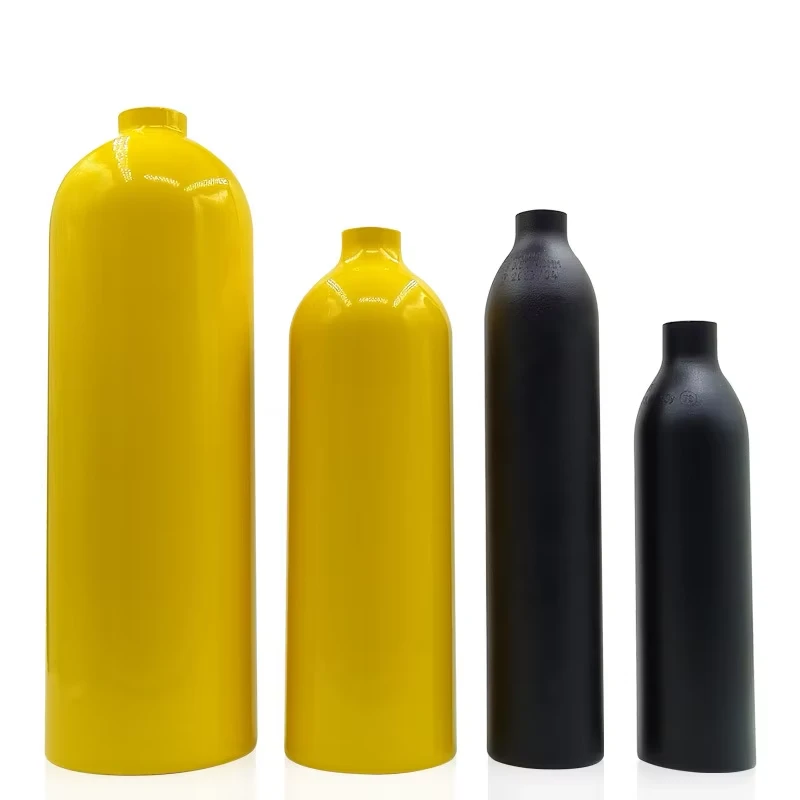
Cream chargers , also known as HappyWhip, are compact steel canisters widely used in kitchens across Europe and USA. These handy tools contain nitrous oxide (N2O), a gas that makes whipping cream effortless. While many use cream chargers regularly, few know how they work or what’s inside. In this post, we’ll explore the science behind cream chargers, how they function, and their many applications, ensuring you understand their role in modern culinary practices. What Is Nitrous Oxide (N2O) and Why Is It Used? Nitrous oxide, commonly referred to as N2O, is a colourless, odourless gas with a wide range of uses. In cream chargers, it is specifically used to whip cream due to its unique chemical properties. When dissolved into a liquid under pressure, such as heavy cream, nitrous oxide forms a stable mixture. Upon release, the gas expands rapidly, creating the airy, fluffy texture associated with whipped cream. Here’s why N2O is ideal for culinary use: Fast Integration: Nitrous oxide dissolves into liquids quickly and evenly. Neutral Flavour: Unlike some gases, N2O has no taste or smell, preserving the natural flavour of your cream or ingredients. Long-Lasting Stability: Whipped cream made with N2O holds its shape for extended periods, reducing the risk of deflation. Food-Safe: The nitrous oxide used in cream chargers is food-grade, ensuring it’s safe for consumption. How Does a Cream Charger Work? A cream charger is a sealed, pressurised canister containing nitrous oxide. When paired with a cream whipper, it releases the gas to transform liquid cream into whipped cream. Here’s a step-by-step breakdown of the process: Insert the Cream Charger: Place the charger into the designated holder on a cream whipper. Pierce the Charger: Tightening the holder punctures the canister, releasing the nitrous oxide into the whipper. Combine Gas and Liquid: The gas dissolves into the cream under pressure, creating a stable mixture. Dispense the Cream: When the trigger is pressed, the mixture is released, and the gas expands, creating fluffy whipped cream.
